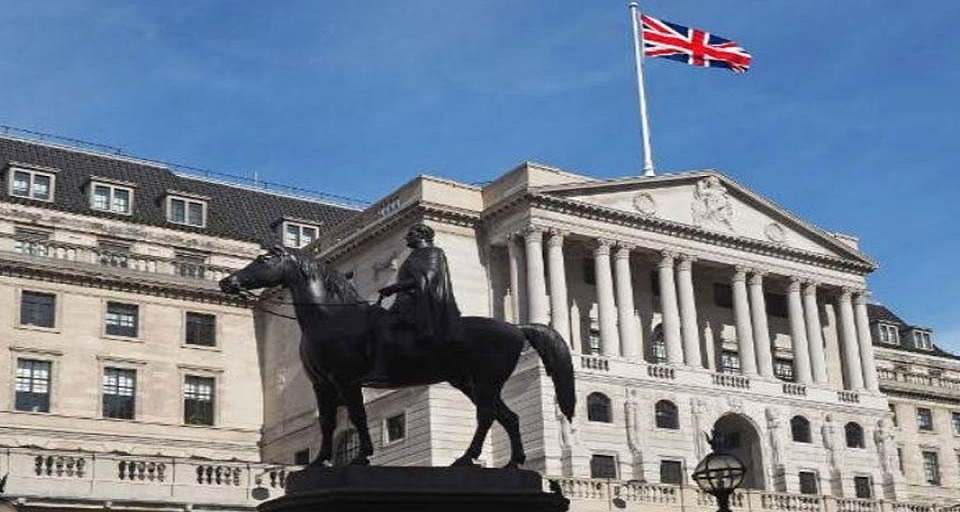Muhammad Al-Jayyar knew about astrology, mathematics and poetry. He was a legal expert and was interested in the superstitions and the news of the troubled times in which he lived. “It never happened in the whole world / what happened in Al-Andalus”, picks up one of his poems. He spent years in prison in Seville dedicated to copying books for the Adelantado of the city, until he was released and appointed alfaquí —expert in law— and imam of Aqūṭa, today Cútar. It is a municipality in Malaga with almost 600 inhabitants in the Axarquía region and then a rural farmhouse of similar size. He arrived there on August 9, 1490. He recounted his day-to-day life in papyri: inheritance and divorce trials, personal reflections, the conquest of Granada in 1492 or the earthquake that devastated Malaga shortly after. Around the year 1500, forced to convert to Christianity or leave his land, he decided the latter. Hoping to return, she hid three manuscripts on a wall in his house: the two books he wrote and a Koran from the 12th or 13th century. He never heard from them again until some bricklayers tracked them down with a hammer.
More information
They remained hidden for 500 years until June 28, 2003, when they were found during a renovation. “It was a surprise,” recalls Magdalena Santiago, owner of the house, when it is 20 years since the discovery. “No one expected something like this to appear,” stresses the woman, who recalls that the property almost “fell down.” Between straw, they were sandwiched in the hole of a cupboard hidden in the wide original walls of the Andalusian house. There are other books from the time also located after spending centuries hidden in walls in different parts of the Spanish geography, but this Koran is one of the two oldest discovered in Spain. “It was an extraordinary find,” says María Isabel Calero, a retired Arabist who spent a lot of time studying the originals at the University of Malaga 20 years ago.
María Isabel Calero shows the copy of the Koran. Álvaro Cabrera
Today, after their delicate restoration —with grafted paper— they are preserved in the Provincial Historical Archive of Malaga, directed by the Junta de Andalucía. The administration published a facsimile of the Koran in 2009, which became a protocol gift along with a research paper on the three books entitled Los manuscripts of Cútar and led by Calero. The religious text is square in shape and dates from the Almohad period, that is, from the 13th century. It is made with parchment from calf and sheep skins. Its relevance can be seen in the decoration: there are lace borders, Solomonic knots, shells and red flowers. The calligraphy has black and green ink, generating a luminous composition that has survived the passing of centuries.
Two options are being considered to explain that it was in the hands of Al-Jayyar and he took care to hide it after the prohibition of having books on the Muslim religion at the beginning of the 16th century. On the one hand, that it was a family heirloom. A Koran that passes from father to son that the heir wants to keep at all costs. The second is that it belonged to the Cútar mosque —just over which the current church was later built— and that, in his role as imam, he decided to hide it so that it would not be destroyed. In any case, his hope was to get it back one day. “The word that centers its story is fear: that the manuscript will be discovered or that it will disappear,” stresses Calero, who during her research was even more impressed by the other two manuscripts “full of curiosities” and whose last entry dates from the year 1500.
Al-Jayyār is its main author, but there was more because there are different calligraphies between its pages, sewn with linen thread. One of them —now called L14029— is made up of 111 pages of Arabic paper and its content is related to the work of the alfaquí, whom Calero defines as “a cultured man, with concerns, a copyist and probably of urban origin”, recounts the Arabist. She believes that if Al-Ŷayyār was sent to Cútar it was for two reasons: the handing over of Málaga to the Catholic Monarchs and the family of his wife, Umm al-Fath, who was originally from there. In the text, by way of loose chapters, cases that the sage judged, of land distributions, marriages, inheritances, neighborhood disputes or separations are related. Among them, that of ‘Ā’iša bint al-Qurṭubī, a woman who was divorcing for the second time. There are also pages dedicated to mathematics – the multiplication table is written in full – and some poems or solar computation with the dates of Ramadan.
The second book —called L14030, with 134 sheets of paper of Italian origin— is more personal. There are so many parts that are copied from other books such as sermons (“Do not commit injustice when you are powerful”), esoteric and superstitious questions. Includes poems by the imam himself. This codex also includes news that affected the author personally, such as the Christian conquest of Granada and Vélez-Málaga or the earthquake of 1494, which he clarifies destroyed “150 houses” in the capital.
The copy, reformed, is in the Provincial Historical Archive along with two other manuscripts of the time discovered at the same time. Alvaro Cabrera
All can be consulted, digitally, in one of the rooms of the interpretation center inaugurated last autumn in Cútar. It opens every weekend and collects a multitude of details about both the discovery of the manuscripts and their context, when the municipality was part of the Taha de Comares, of which only five farmhouses have reached the 21st century: the current towns of Benamargosa, Almáchar and El Borge, as well as Comares and Cútar. All close to each other, they are linked by roads built on the basis of curves that run through a landscape dominated by mangoes, avocados and a handful of old vineyards. “The environment has changed, but the municipality has remained practically the same as it was in Andalusian times,” highlights the mayor of Cútar, Francisco Ruiz, who this Friday will present a new edition of the 16th century book of surveys and divisions.
After numerous troubles, the alderman found an ally in Juan Bautista Salado, archaeologist, expert on Al-Andalus and director of the Nerja Museum, who took responsibility for the exhibition project. “The idea is to value the books, but also, through the information that is extracted from them, to explain what Andalusian society was like and their way of life,” says Salado. The specialist wonders why no one thought to protect, in addition to the texts, the walls where they were found. “The house must have been built, at least, in the 15th century and now there are only a few original walls left. The rest threw themselves into the reform ”, underlines who believes that Al-Jayyār is a story of hope, of how, despite his expulsion, he always had the illusion of recovering his land, his house and his books.
All the culture that goes with you awaits you here.
subscribe
Babelia
The literary novelties analyzed by the best critics in our weekly bulletin
RECEIVE IT
Subscribe to continue reading
Read without limits
2023-06-30 10:10:16
#books #waited #centuries #wall
/cloudfront-eu-central-1.images.arcpublishing.com/prisa/FQAHH425EZD25IGRJL6ETPTNWU.jpg)

